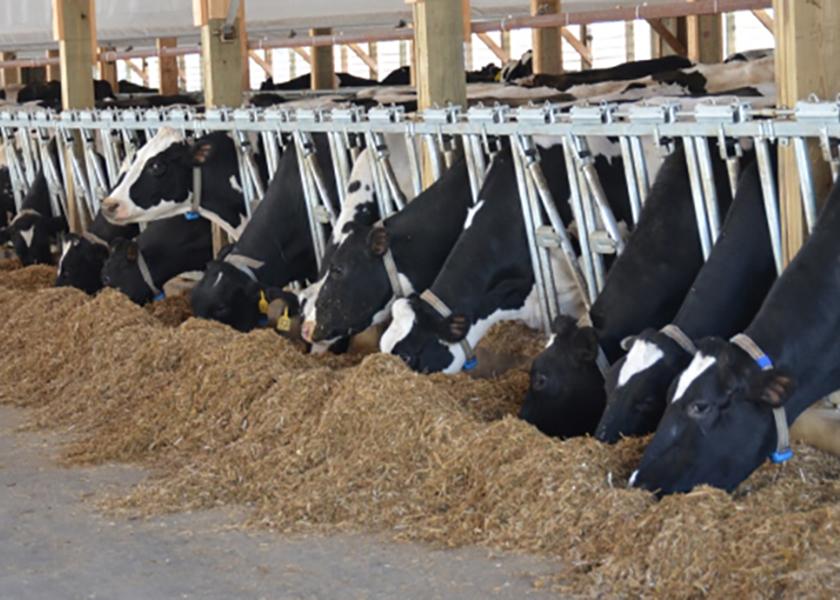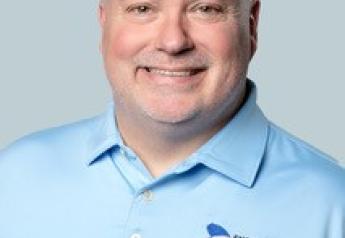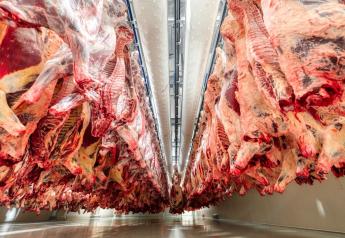Research Shows Rumen Additives and Controlled Energy Can Benefit Cows During Dry Period

Feeding a dairy cow the proper nutrition during her dry period can make a big difference in not only her health, but the health of her calf. It’s also a key contributor to milk yield after calving. New research from the University of Illinois shows that diets that contain consistent energy levels and the rumen-boosting supplement monensin may be ideal during the dry period, the university says.
“Many producers use a ‘steam up’ approach where you gradually increase the energy intake during the dry period to help adjust the rumen and adapt the cow to greater feed intakes after calving. Our work has shown that's really of questionable benefit for many farms, and it may be safer to just keep a constant level of feed intake before calving,” says James Drackley, professor in the Department of Animal Sciences at Illinois and co-author on a study published in the Journal of Dairy Science, in the release.
In the study, the researchers fed cows either a controlled-energy diet throughout the dry period or a variable energy diet containing greater energy during the close-up period. The two diets made no difference in how the cows performed or in any of their metabolic indicators after calving.
“Obviously, it's simpler if we don't have to feed an additional diet halfway through the dry period,” Drackley says in the release.
The researchers also tested adding monensin to the pre-partum diet in addition to testing the two different feeding strategies. Monensin is typically fed during the lactation to make rumen fermentation more efficient and convert nutrients into milk proteins. Some producers remove this supplement during the dry period to allow rumen microbes to “rest.”
“Our research showed if we took monensin out during the dry period, then the cows produced about 2 kilograms less milk in the next lactation,” Drackley says in the release. “The conclusion is it's better to leave it in and prevent that lost milk production. I’d guess the majority of dairy farms in the Midwest are feeding monensin during lactation, so this should be a fairly relevant piece of information.”
The article, “Effects of prepartum diets varying in dietary energy density and monensin on early-lactation performance in dairy cows,” is published in the Journal of Dairy Science. Funding was provided in part by Elanco Animal Health and the Illinois Agricultural Experiment Station, part of the College of Agricultural, Consumer and Environmental Sciences at Illinois.







